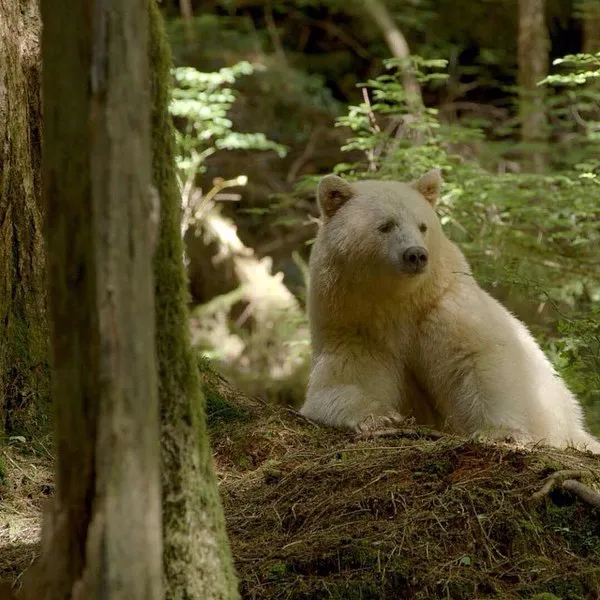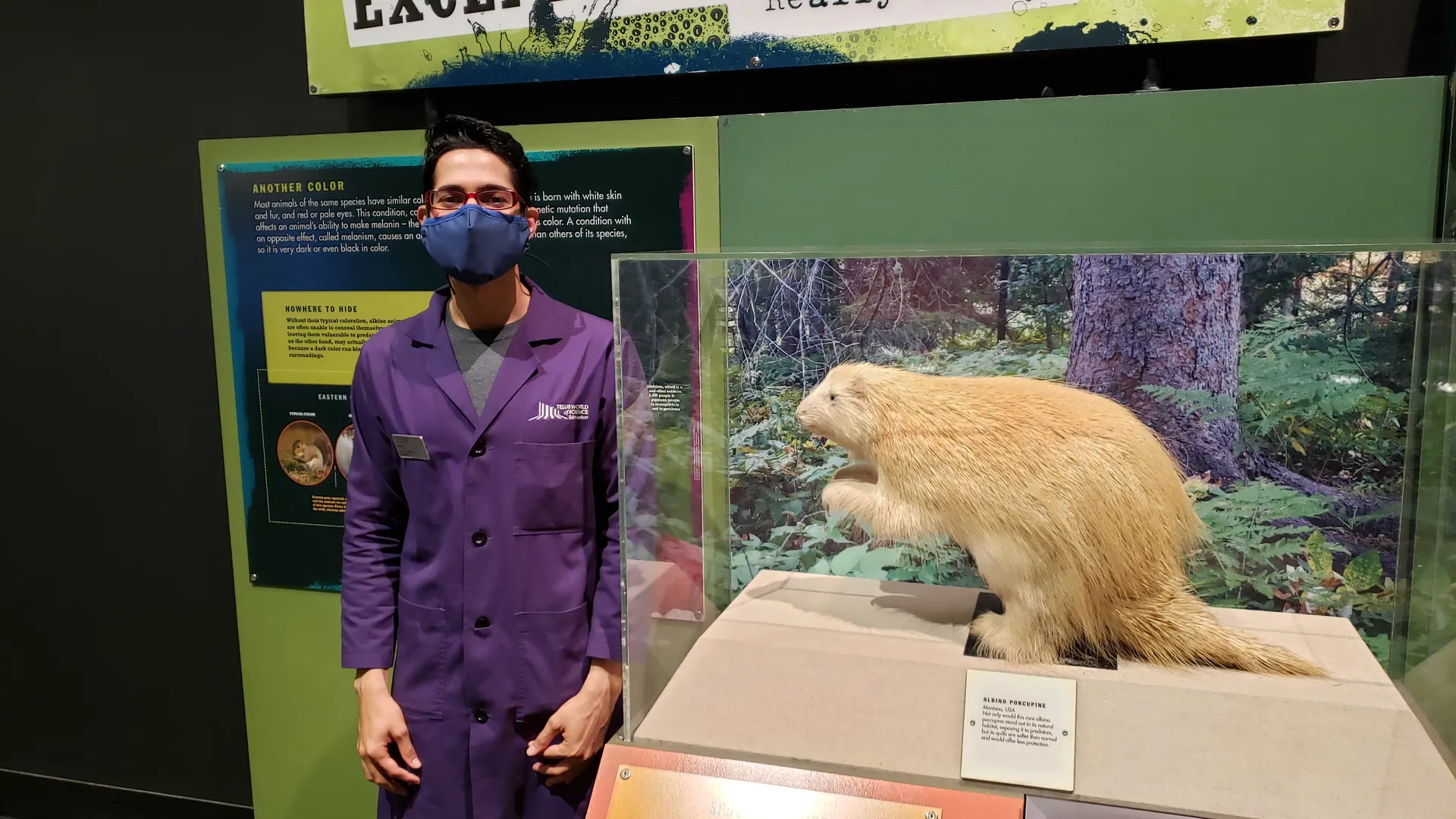Lacking Pigment
Posted:
You may be familiar with albinism, a rare condition that can cause normally colourful creatures to appear colourless, but are you familiar with it's lesser known cousin?
In our environment, we have different coloured organisms. From green algae to orange tigers. From brown bears to striped zebras! But have you ever seen a white porcupine before? This porcupine is very rare, and it is white because it has no pigmentation in its body. Do you know what is responsible for giving color to an organism? It is because of the presence of natural pigment in the body known as melanin. When there is a complete lack of this pigment from an organism's body, that condition is called albinism. An organism is born with this disorder, so it is called a genetic disorder. It also gets transferred from parent to child.
Have you seen anything similar to this in Canada? Do you know any big animals like that? How about bears? Well, in Canada, we have four types of bears. We have polar bears, black bears, grizzly bears, and Spirit bears. Are you familiar with a spirit bear? It is a white, black bear! It is found primarily in the British Columbia rainforests.

Credit: Jon Rawlinson, Wikimedia Commons
Now you must be wondering if the primary reason for this bear being white is albinism, right? No, this is a different phenomenon! It is called leucism. So, what would be the primary difference between these two variations? In leucism, there is not a complete loss of pigmentation from the body, so a leucistic animal would still have some pigmentation left, primarily in its eyes. However, an albino animal would have no pigmentation in its body whatsoever.
Overall, nature is full of wonders! Even if we look at it every day, we might still miss out on something! There is still so much left to be discovered, so keep looking and keep learning!
Related Articles


Food Chain Reactions
How Climate Change is Impacting Canada's Lakes


It Is Ice to See You
How Seasonal Connections Are Affected by Climate Change


Getting to the Core of Climate Change
A Look at How Refrigerants Are Affecting Our Environment through Ice Cores
Related Articles


Food Chain Reactions
How Climate Change is Impacting Canada's Lakes


It Is Ice to See You
How Seasonal Connections Are Affected by Climate Change


Getting to the Core of Climate Change
A Look at How Refrigerants Are Affecting Our Environment through Ice Cores




